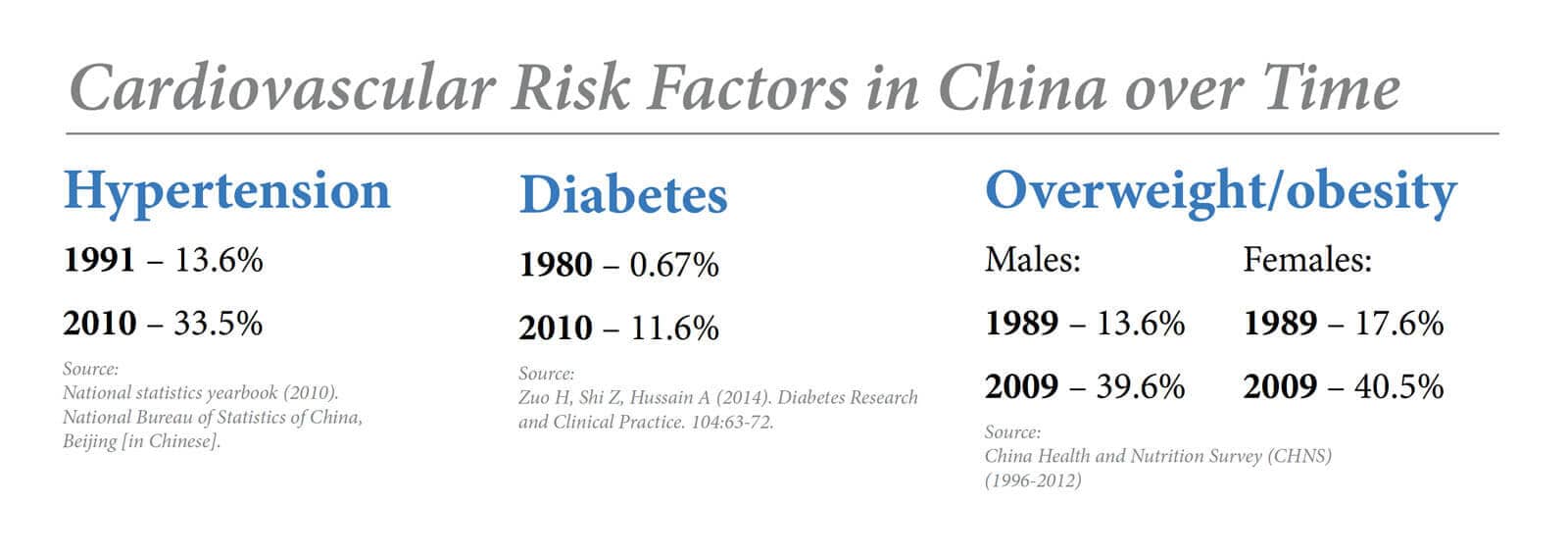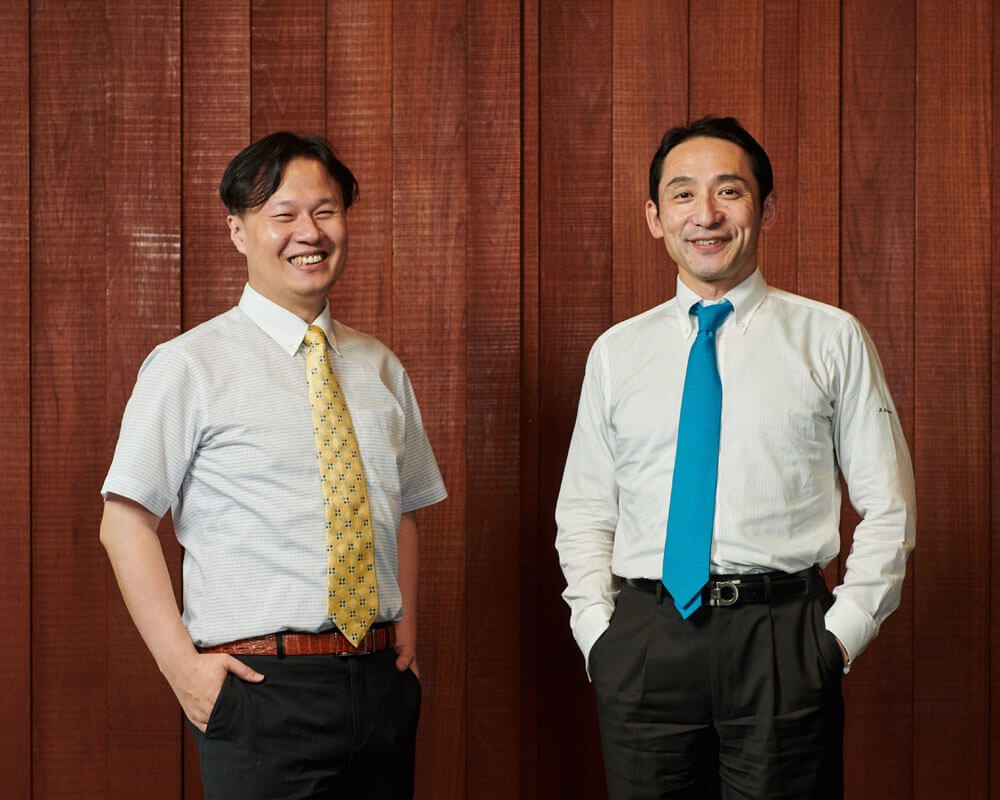Non-communicable diseases (NCDs) kill 38 million people across the world each year. Cardiovascular disease (CVD) accounts for the majority of these deaths, especially in developing countries.¹ In 2013, Swiss Re, one of the largest reinsurance companies in the world partnered with the Harvard School of Public Health (HSPH) to better understand and predict the future impact of cardiovascular disease in the rapidly evolving economies of Brazil, China, India and Russia. Roche Diagram magazine speaks with Dr Detloff Rump, Chief Underwriter, Asia, Swiss Re who examines the potential for diagnostics and private insurance to partner and reduce the burden of the disease.
In China, it is estimated that one life is lost to cardiovascular disease every 10 seconds.2 According to the Systematic Explanatory Analyses of Risk factors affecting Cardiovascular Health (SEARCH) project, a joint research project undertaken by Swiss Re and the HSPH, cardiovascular disease now accounts for 41% of all deaths in China.2
Dr Rump, who has over 27 years of experience in risk assessment and is a trained physician says: “The SEARCH study showed that risk factors for CVD such as hypertension, tobacco smoking, alcohol use and an unhealthy, westernised diet have trended upwards over the last 20 to 30 years. China’s health profile has changed very quickly and NCDs now pose a considerable public health challenge and socioeconomic burden.”
To reduce the economic burden of medical expenses for its citizens, the Chinese government announced nationwide healthcare reforms in 2009, with a view to achieving universal access to healthcare services by 2020.3
However, heart attack and stroke remain expensive to treat and survivors tend to have long-term medication and monitoring needs.4 Dr Rump explained that CVDs are a significant contributor to “catastrophic health expenses” where 40% or more of total annual income of a family is spent on healthcare.3 For instance, researchers looked at the direct cost components of atrial fibrillation (AF) related stroke in China. They found that about 60% of the cost incurred after a stroke was during the acute hospitalisation phase, and 40% was during the first year after discharge.4 Medicines were the biggest driver of costs but indirect costs such as a loss of income due to early retirement is also a factor. “The financial burden on medical costs continued to be significant for many months after patients are discharged from the hospital. This is unfortunate as almost all of the risk factors are modifiable with early detection and intervention,” Dr Rump said. “But healthcare systems around the region, including China, are grappling with providing acute care and are not yet sufficiently geared towards preventing disease,” Dr Rump noted.
“This is where the private sector including insurance companies can play a larger role. For instance, they can provide incentives such as reduced premiums to customers who maintain healthy lifestyles,” Dr Rump said. He added that to be successful, an incentive model would require continuous and real-time monitoring. “Investing in the diagnostic infrastructure to screen the population and pick out those at higher risk to be placed into a lifestyle program can make a huge difference. Both public and private sectors should work together to provide tests and risk stratification at reasonable costs,” he said.
Another important private sector stakeholder is the employer. Dr Rump cites the example of Japan, which he credits with having a robust preventative system. “It is partly linked to the fact that a majority of the population is employed by the same company for a long time. They get regular annual check-ups as part of an employer-paid health program. Part of the longevity we see in Japan can be ascribed to it,” he said. Dr Rump added that it makes sense for employers to play an active part in prevention of cardiovascular disease because they bear the secondary costs of the disease such as absenteeism, disability and premature death.
But what happens in rural areas where there is no employer? The study found that in rural areas, people were more vulnerable after being hit by CVD. Hospital stays were longer among urban residents compared to rural residents. Researchers said this is an indication that rural residents may receive inadequate treatment as they experience more financial hardships in meeting the costs of treatment. The study also revealed that the average annual cost increase for acute myocardial infarction, congestive heart failure and cerebral haemorrhage were around 8% to 11% , which were higher than the annual inflation rate of 4%.5
This makes it all the more important that prevention is made a priority. “In rural areas, a simple and low-cost test kit can make a difference, something accessible such as a mobile health clinic to identify people at risk and provide actionable advice,” Dr Rump said.
Risk certification would also enable more people to purchase insurance cover. Citing the example of diabetes, Dr Rump recalled that just over a decade ago, it was challenging for people with diabetes to obtain insurance cover. “Now, with HbA1c monitoring, it is possible for diabetics to establish that their condition is under control and to purchase insurance,” he said. As more diagnostic data becomes available, he sees approaches to screening and intervention programs changing to create greater impact on public health.
For Dr Rump, the key to change is helping people understand their risk factors. “We can only create change if people are better educated about risk factors and are empowered to manage them.”

For more details on the SEARCH Study, please visit http://cgd.swissre.com/risk_dialogue_series/
*The information contained in this article was extracted from Edition 2017, Vol 1.






